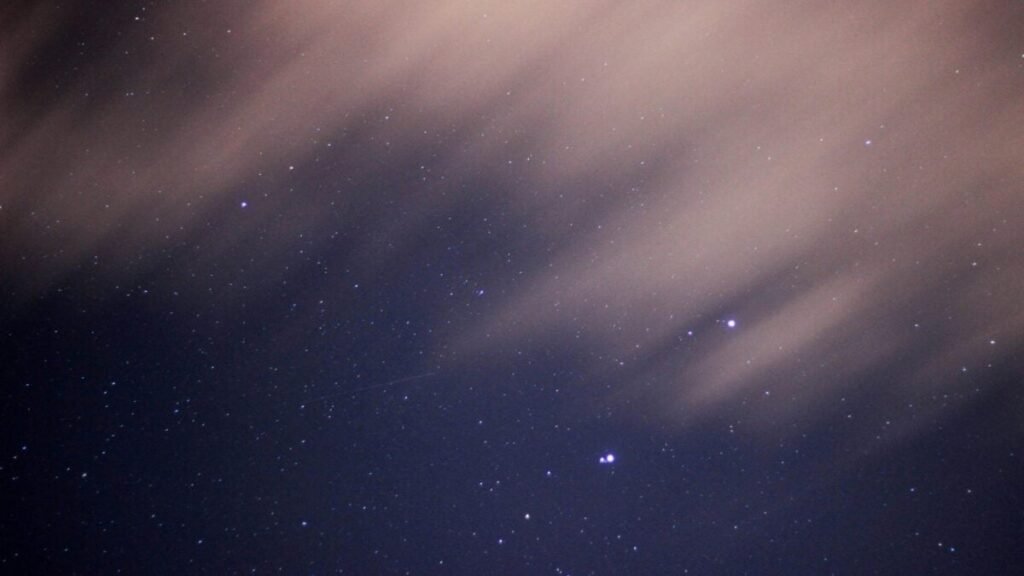“UY Scuti vs. its competitors: the largest stars in the cosmos”

Every bright point in the night sky holds secrets of energy and size that escape human experience. Among them are hypergiants, stars whose scale far exceeds that of our Sun and, despite their rarity, hold a central place in modern astronomy.
### Stellar colossi that surpass imagination
For centuries, observations from Earth outlined a sky based on familiar constellations. However, in recent decades, improvements in instruments have revealed celestial bodies of proportions difficult to conceive. The star UY Scuti, for example, became an immediate reference when talking about “the largest known”. First cataloged in 1860 by astronomers in Bonn, its size defies any intuitive comparison: with an estimated radius 1700 times that of the Sun, it could engulf the entire solar system beyond the orbit of Jupiter.
However, the title of “the largest” is not stable. Each new measurement adds nuances and sometimes. The lack of a defined boundary on the surface of these stars, combined with their constant variability, means that astronomers work with wide margins of error. In the case of UY Scuti, this uncertainty can reach 200 solar radii, enough for competitors like VY Canis Majoris or Westerlund 1-26 to also claim a place on the podium.
### Giants of size versus giants of mass
The colossal size of UY Scuti does not imply that it is the most massive star. That honor belongs to R136a1, located in the, which concentrates about 300 times the mass of the Sun. The difference between volume and mass is due to the physics of nuclear fusion: the denser the core, the faster it consumes its fuel, generating extraordinary luminosity without the need to reach colossal diameters.
Thus, while UY Scuti barely reaches about 30 solar masses despite its immense radius, R136a1 shines with an intensity 4.5 million times greater than that of our Sun. That power, however, shortens its life: while the Sun will live around 10 billion years, stars as massive as this survive only a few million years before collapsing as supernovae.
Other giants like VY Canis Majoris, NML Cygni, or WOH G64 contribute more pieces to the puzzle. Their study reveals that many are in the final stages of evolution, swelling and cooling as they deplete the hydrogen in their cores. This process not only explains their characteristic reddish color but also anticipates an inevitable fate: the explosion that will release vast amounts of gas and dust into space, raw material for new generations of stars and planets.
### Stars that anticipate the future of the Sun
Astronomers insist that observing these hypergiants is also peering into the future of our own system. VY Canis Majoris, for example, is going through a similar process to what the Sun will experience in about 4.5 billion years, when it becomes a red giant that will reach the orbit of Earth.
, located in the constellation of Orion, is another of the most studied candidates. Although it does not directly compete in size with UY Scuti, its proximity makes it a natural laboratory to understand the final phase of these stars. Its explosion as a supernova could occur at any time in the next million years, which in cosmic terms is just a blink of an eye.
Even UY Scuti is already showing signs of wear: it constantly loses mass through stellar winds, and its brightness varies with the rhythm of its internal pulse. The nebula surrounding it, a product of the material it expels, extends hundreds of times the distance between Earth and the Sun, announcing the inevitable collapse that will culminate in a supernova.






